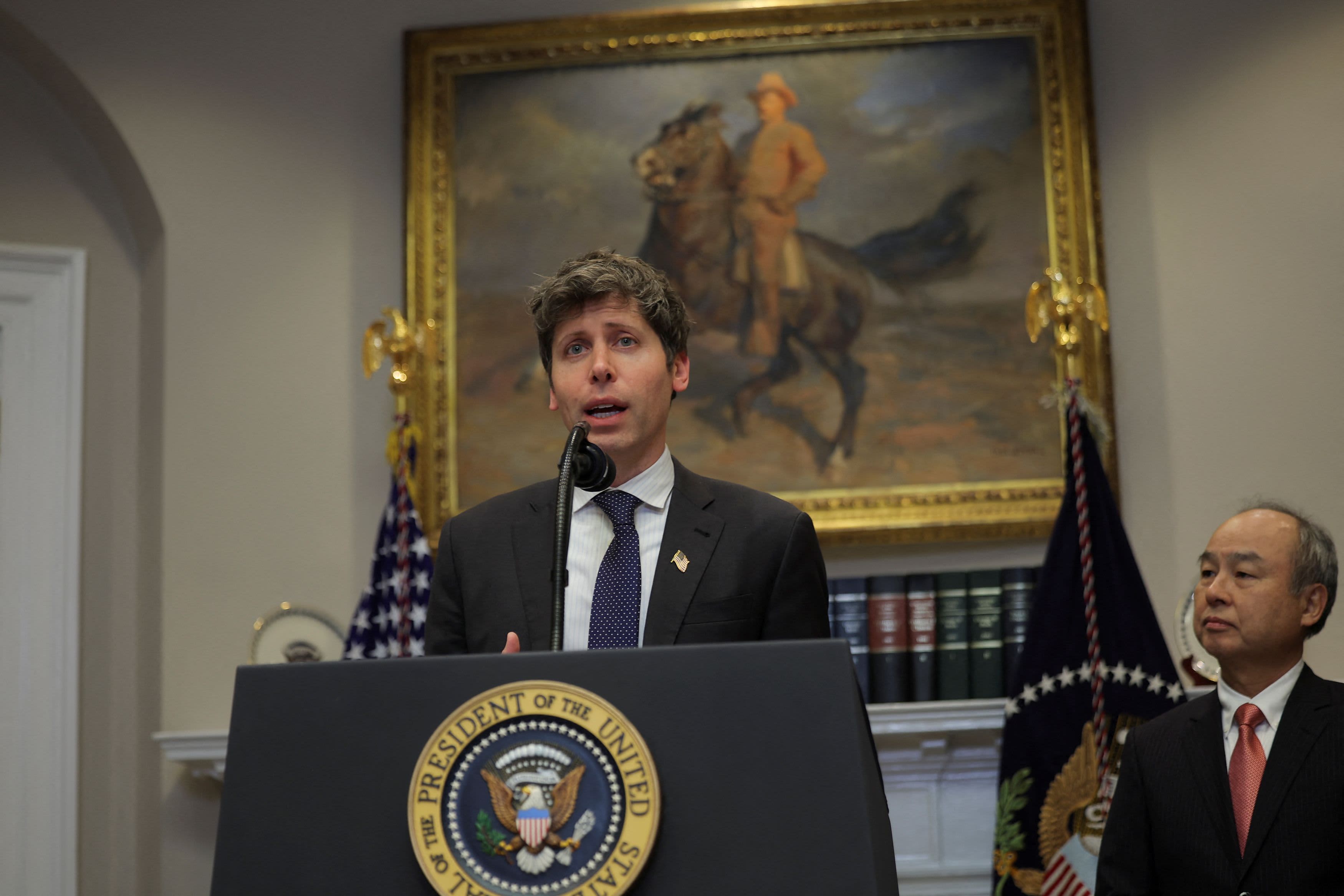There are few things quite as inspiring as seeing humanity make its tentative steps into space.
Yesterday, humankind reached another historic milestone as SpaceX's Polaris Dawn mission completed the world's first private spacewalk – so the first featuring civilians rather than professional astronauts.
But while some have been awed by the images of billionaire Jared Isaacman emerging from the capsule, not everybody was so impressed.
On social media, many users slammed the 'lame' and 'boring' mission, complaining that it hardly deserved to be called a spacewalk.
On X, formerly Twitter, one disgruntled space fan wrote: 'Quit fiddling with the ladder already and get on with the actual spacewalk! Wait, why are you climbing back down?'


At 11:12 BST yesterday morning, the four astronauts aboard the SpaceX Dragon capsule donned their suits and officially began the first ever private spacewalk.
Just half an hour later, with the cabin purged of air, mission commander Jared Isaacman opened the hatch exposing the entire crew to the vacuum of space.
After briefly exiting the capsule to test the mobility of SpaceX's new extravehicular activity (EVA) suit – consisting of moving his arms around awkwardly like a robot – Isaacman floated back into the craft and returned to his seat.
He was then followed by mission specialist and SpaceX employee Sara Gillis who exited the capsule and performed the same set of mobility tests.
The hatch was then resealed and the cabin repressurized and by 13:00 BST the first commercial spacewalk was officially over.



But while the mission might have been a historic first, commenters noticed that Isaacman and Gillis never fully left the capsule.
'He just opened the window and put his head outside,' one social media user pointed out.
Perhaps expecting free-floating action seen in films like Gravity, many commenters complained that Isaacman and Gillis had not really undertaken a spacewalk at all.
On X, one frustrated commenter wrote: 'Lame, that's not a spacewalk it's a ground hog poking his head out of a hole.'
Another added: 'You call just looking out of an open hatch a 'spacewalk'? It was the most boring space footage I've seen.'
'Was this really a spacewalk? I think SpaceX exaggerated there. They only half exited the spacecraft. It was a bit boring if I can be honest.'
NASA defines a spacewalk as 'any time an astronaut gets out of a vehicle while in space' – so it may not involve walking as we think of it down on Earth.



In contrast to the spacewalks taken from the ISS by NASA astronauts and Russian Cosmonauts, Isaacman and Gillis were never separated from the craft.
Rather, the two stood on a specially built platform called the Skywalker which was fitted to the front hatch of SpaceX's Dragon spacecraft.
For the entire time they were exposed to the vacuum of space, the astronauts were held in place by the hand or footholds built into the Skywalker.
Social media users contrasted this to NASA's very first spacewalk in 1965 during which astronaut Ed White floated freely alongside his spacecraft.




White used an oxygen-powered jet gun to propel himself along the extent of an 8m (26 ft) tether for 26 minutes.
By contrast, Isaacman and Gillis stayed largely stationary during the spacewalk and never fully left the spacecraft.
Sharing the two images side-by-side, one commenter wrote: 'Just me, or a little disappointing?'
Another wrote: 'Gotta admit I was disappointed by Polaris Dawn's so-called EVA.'
A few commenters even complained that SpaceX's production value wasn't up to their usual standards with many bemoaning the fact that Isaacman had his back to the camera for most of the spacewalk.
Social media users even left some savage reviews of Isaacman's first words as he exited the capsule.
As he made his way out of the Dragon capsule Isaacman had said to mission control: 'Back home we have a lot of work to do, but from here Earth sure looks like a perfect world.'
Unimpressed, the commenter wrote: 'What a very un-inspiring Spacewalk...Nothing of inspiration said.'
While another commenter apathetically wrote: 'Anyone else very underwhelmed by the spacewalk? Nothing feels new anymore in this world and shock and awe has gone.'
But while it might have been somewhat less exciting, Isaacman and Gillis remained close to the ship for good reason.
The main objective of the mission was to test whether the new EVA suits could move freely while pressurised in space and to see if astronauts could get up and down the Skywalker platform.
Neither of these objectives required the Polaris Dawn astronauts to float further out of the capsule – although it's unclear how much further they could have gone.
Unlike spacewalkers from the ISS, the Polaris Dawn crew also faced intense time pressure due to limited air supplies.




Since the Dragon capsule does not have an airlock, all the air in the capsule had to be vented down to vacuum, leaving all four astronauts breathing from the remaining gas supplies.
Unlike the ISS which has large gas reserves, the Polaris Dawn crew will need whatever air is left for the last two days of their mission before Saturday's splashdown back to Earth.
This meant that Isaacman and Gillis only had a limited window to get out of the capsule, test the suit's mobility, and get back inside.
However, that doesn't stop many from feeling that the Polaris Dawn spacewalk could have been at least a little more dramatic.



With the spacewalk completed, Polaris Dawn will today preparing for reentry and concluding the last of nearly 40 scientific experiments carried out during the trip.
They have also used the time to test the Starlink laser-based communication system nicknamed the 'Plug and Play-ser' system.
The crew sent a message on X via the laser system with a picture of themselves enjoying a post-spacewalk meal.
The crew wrote: 'Hello Earth - We are so grateful for all the support! Please enjoy two recent photos from our mission and stay tuned for our next message. Sent to you from space over a beam of Starlink laser light.'
The crew are expected to splash down over the Gulf of Mexico on Saturday.












